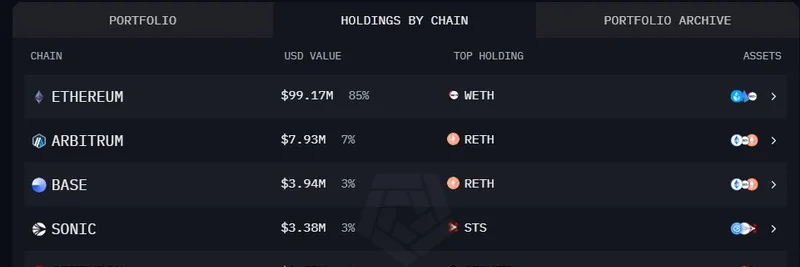Hey there, crypto enthusiasts! If you’ve been keeping an eye on the latest developments in the meme token world, you’ve probably heard about the exciting launch of the Meteora DLMM (Dynamic Liquidity Market Maker) on the Pump.fun platform. A recent tweet from Soju 燒酒 | Meteora caught our attention, shedding light on an interesting side note about this launch. Let’s break it down and explore what impermanent loss (IL) means for liquidity providers (LPs) and how this launch is shaking things up!
What’s the Buzz About This Launch?
The tweet highlights a key detail: the Pump.fun team created a huge Pump/USDC liquidity pool for this launch. This move has a big impact on how the Meteora DLMM operates. For those new to the scene, a liquidity pool is like a shared pot of tokens that decentralized exchanges (DEXs) like Meteora DLMM use to facilitate trading without traditional middlemen. LPs—people like you who add funds to these pools—earn a share of the trading fees as a reward.
But here’s the catch: the size of this Pump/USDC pool changes the game. Soju points out that while LPs might see lower fees because of the large pool, it also significantly reduces impermanent loss. Let’s dive into what that means!
What Is Impermanent Loss, Anyway?
If you’re providing liquidity, impermanent loss is something you need to understand. It happens when the price of tokens in a liquidity pool shifts compared to when you first added them. Imagine you put $500 worth of Pump and $500 worth of USDC into a pool. If the price of Pump skyrockets, the pool automatically adjusts to balance things out, and you might end up with less Pump (and more USDC) than if you had just held onto your original stash. That difference? That’s impermanent loss.
According to Cryptohopper, IL is a natural part of automated market makers (AMMs) like Meteora DLMM. It’s called “impermanent” because the loss only becomes real if you withdraw your funds when prices are uneven. The good news? Trading fees can sometimes offset this loss, making it a trade-off worth considering.
How Does the Huge Pool Reduce IL?
So, back to that massive Pump/USDC pool. A larger pool means the price of Pump is less likely to swing wildly because there’s more liquidity to absorb trades. This stability lowers the risk of impermanent loss for LPs. Soju notes that this drop in risk also comes with a trade-off: lower returns. With a bigger pool, the fees you earn per trade get diluted, so while your investment is safer, the profits might not be as juicy.
This balance between risk and reward is a hot topic in the DeFi world. The Meteora DLMM launch, being the first major Token2022 project to use this tech (as mentioned in Meteora’s tweet), is a test case for how well this approach works.
Why This Matters for the Future of Meme Tokens
Meme tokens like Pump often see wild price swings, making them a risky but exciting space for LPs. The Pump.fun platform, as explained on CoinGecko, uses a bonding curve system where token prices rise with demand until they “graduate” to platforms like PumpSwap. The Meteora DLMM’s ability to reduce IL could make it a game-changer, attracting more LPs to support these volatile tokens.
This launch shows the power of the “LP Army” (a term coined by the community) and hints at a future where retail investors play a bigger role in DeFi. With lower risks, more people might jump in, fueling the growth of meme token ecosystems.
Final Thoughts
The Meteora DLMM launch on Pump.fun is a fascinating experiment in balancing risk and reward. Soju’s insight about the huge Pump/USDC pool lowering impermanent loss while reducing returns gives us a lot to think about. Whether you’re a seasoned LP or just dipping your toes into DeFi, understanding these dynamics can help you make smarter choices.
What do you think about this trade-off? Are you excited to see how Meteora DLMM evolves? Drop your thoughts in the comments, and stay tuned to meme-insider.com for more updates on the wild world of meme tokens!


